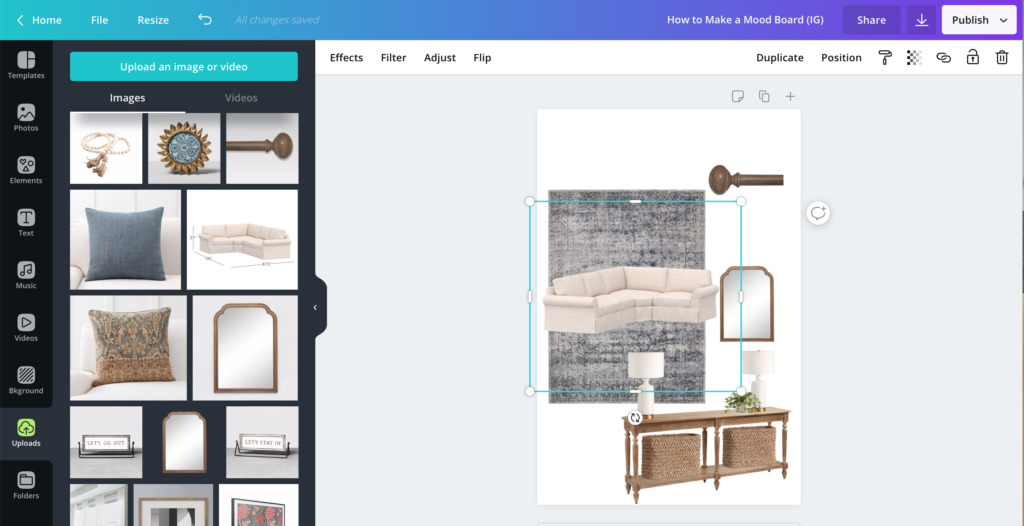Mood boards are a creative tool that encapsulate inspiration, ideas, and concepts related to a particular project. Whether in design, branding, or artistic endeavors, mood boards serve as a visual reference that aids in the expression of thoughts and feelings in relation to a subject. This article explores what mood boards are, their significance, and how to create one effectively.

Visual representation of a mood board with various inspirations.
Source: June Mango Design
A mood board is effectively a collage of images, colors, textures, and typography that conveys a specific style or concept. It helps streamline the creative process and assists in communicating ideas visually. Mood boards can be used in various fields such as interior design, graphic design, fashion, and even personal projects.
The Importance of Mood Boards
Mood boards are essential for several reasons:
- Visual Clarity: They help in clarifying a vision or concept before diving into more detailed work.
- Creative Inspiration: Mood boards provide a source of inspiration and stimulate new ideas, potentially leading to innovative designs.
- Team Communication: They serve as an effective communication tool among team members, ensuring everyone is on the same page.
- Temporary Reference: A mood board can help track thoughts throughout the creative process, allowing revisions as needed without veering off course.
How to Create a Mood Board
The process of creating a mood board can be straightforward yet deeply personal, and it can be tackled in various ways. Here are the steps you can follow:
1. Define Your Purpose
Before collecting materials, understand what the mood board is intended for. Are you designing a room, launching a brand, or curating a fashion collection? A clear purpose guides the selection of elements.
2. Collect Inspiration
Gather images, color swatches, textures, and fonts that resonate with your vision. Websites like Pinterest are great for discovering ideas that align with your creative goals. You can also cut out pictures from magazines, or use digital design tools for a more modern approach.

Example of an organized mood board with various inspirations.
Source: The Turquoise Home
3. Choose Your Format
Decide whether you want a physical or digital board. Physical boards can be created using poster boards or corkboards, while digital options can be created using design software like Canva or Milanote.
4. Arrange Your Elements
Begin laying out your collected pieces on the board. Experiment with different arrangements until you find one that feels right. This phase is often intuitive and can be adjusted multiple times during the process.
5. Refine Your Mood Board
After your elements are arranged, take a step back and assess the overall look and feel. Remove anything that feels out of place or doesn’t contribute to the overall vision. This step might also include enhancing color balance and layout symmetry.
Tips for Effective Mood Boards
- Stay Consistent: Use a coherent color palette and theme to enhance cohesion.
- Limit Your Choices: Too many pieces can lead to confusion; try to keep the number of images manageable.
- Use Texture Wisely: Including various textures can make your mood board more engaging.
- Regularly Update: As your project evolves, revisit your mood board and make necessary adjustments to ensure it remains relevant.
Example of a digital mood board showcasing design ideas.
Source: Business Insider
Creating a mood board is a satisfying and engaging activity that opens the doors to a deeper creative process. By visualizing your ideas, you not only clarify your thoughts but also ensure that your creative projects align with your vision before they fully come to life.
In conclusion, mood boards are not merely collections of images; they are blueprints for your creativity. Whether you’re a designer, a writer, or an artist, understanding how to effectively use mood boards can translate into more impactful and cohesive work.